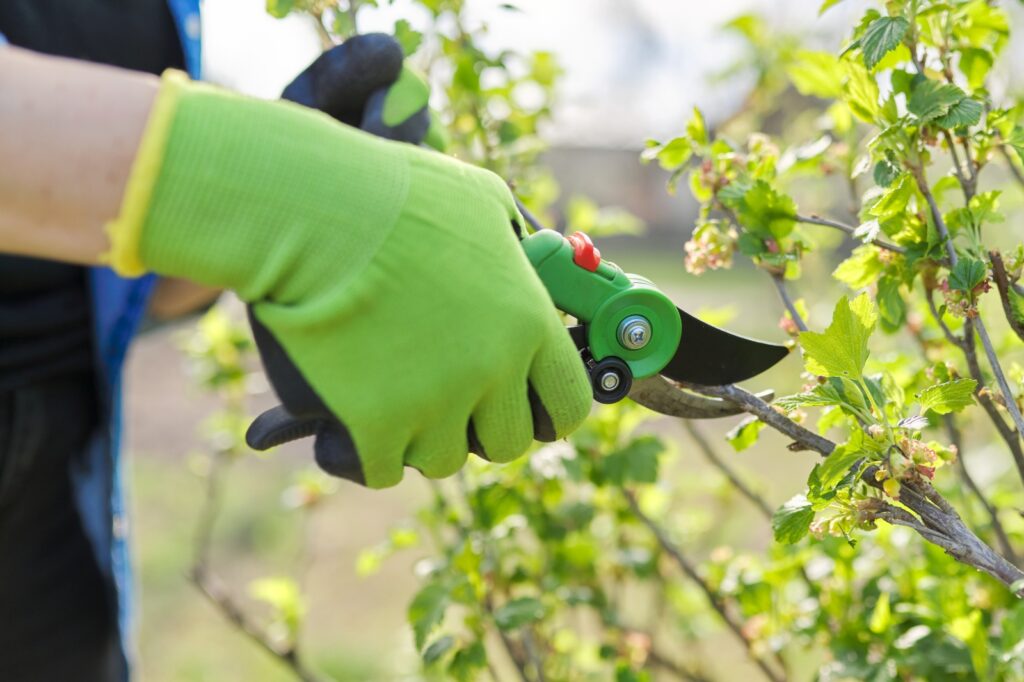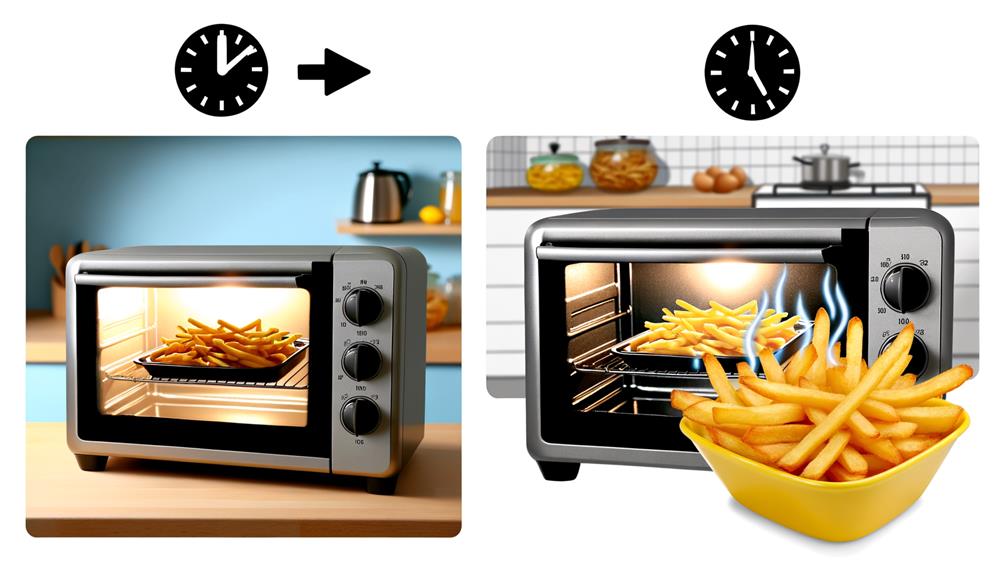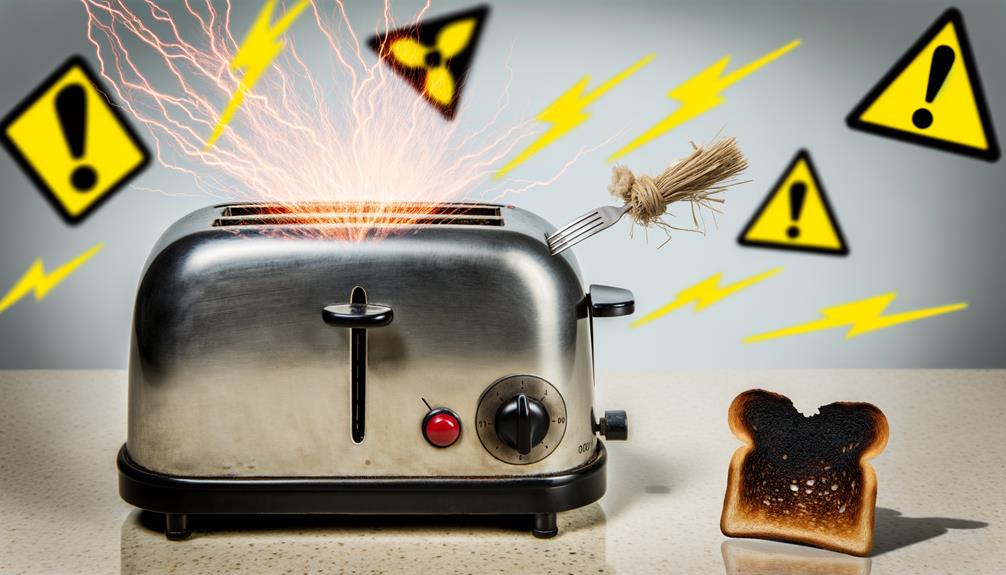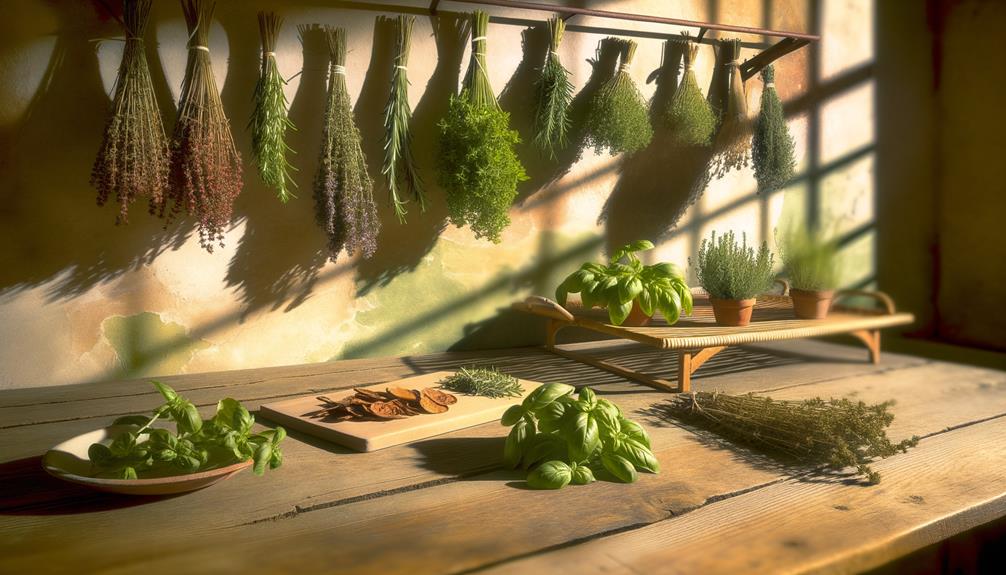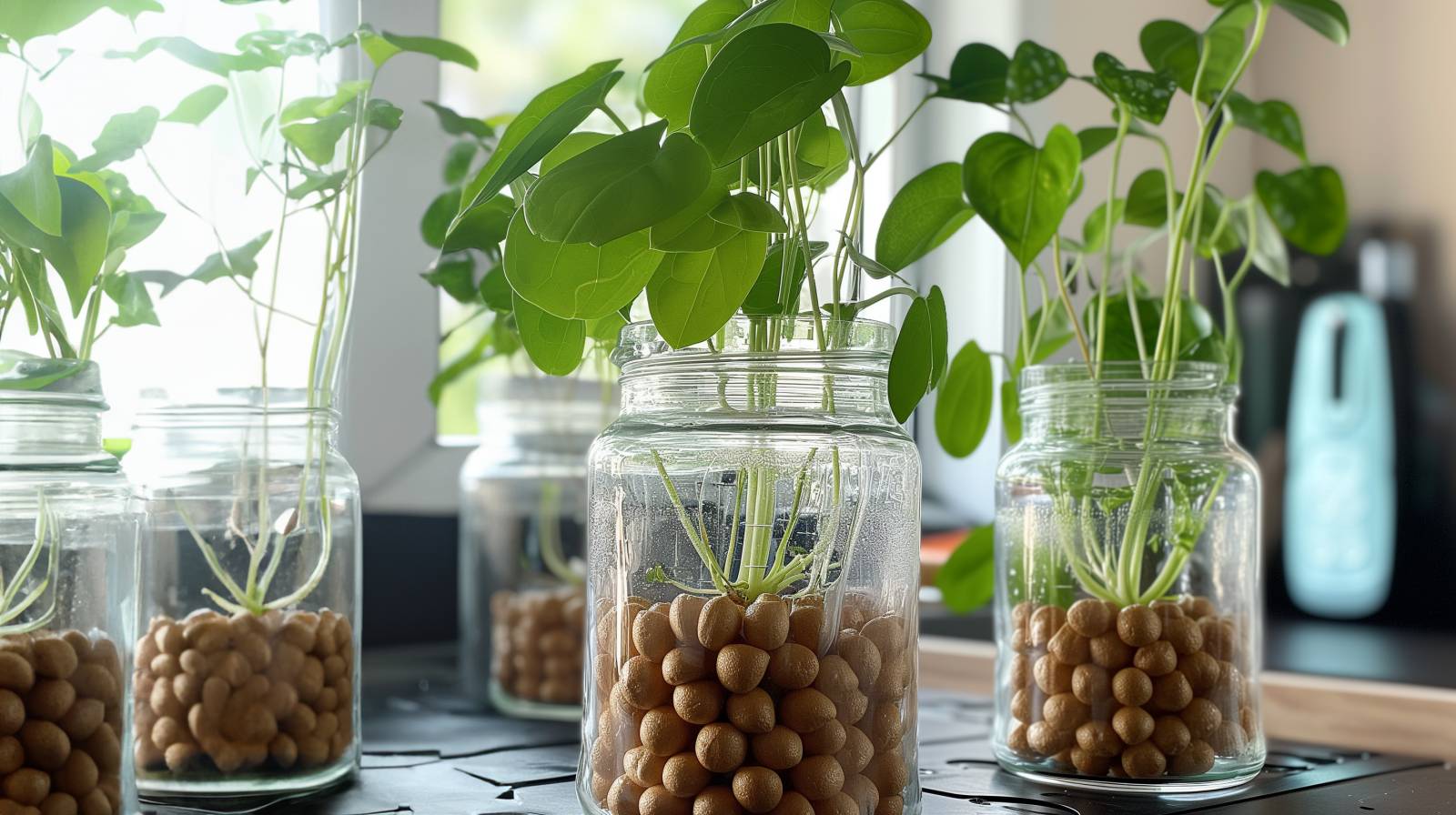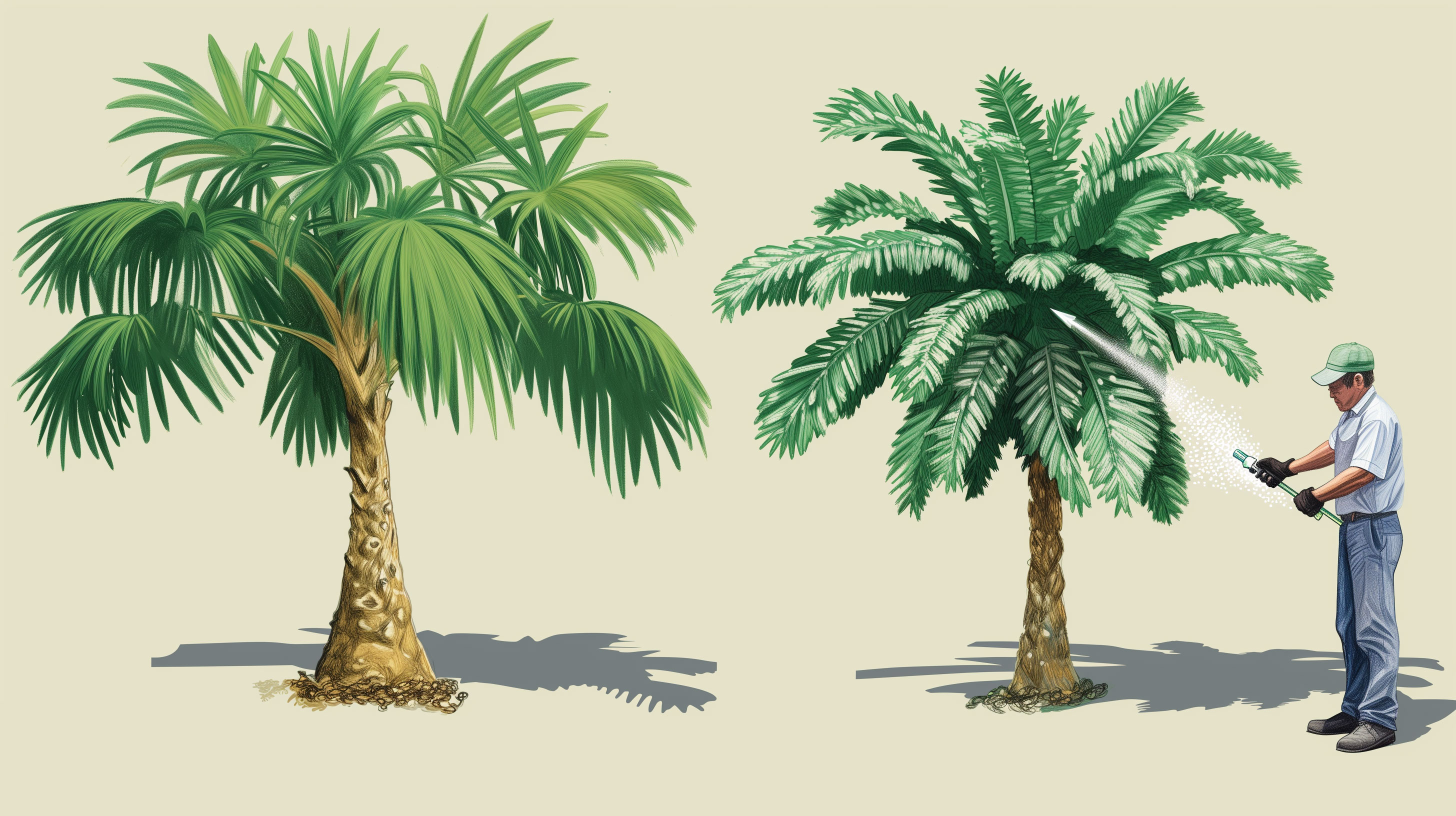Gardening is one of the most rewarding hobbies a person can have. There’s nothing quite like caring for your plants, watching them grow and bloom, and harvesting fruit or vegetables you grew yourself. But to really make the most of your garden, it’s important that you use the right tools – especially when it comes to pruners! Pruning correctly will help keep your plants healthy and looking their best. But with so many options out there, how do you choose which ones are right for you? Don’t worry – we’re here to help! In this article, we’ll walk you through all the factors to consider when selecting the perfect pair of pruners for your garden. So grab a cup of tea and let’s get started!
Table of Contents
ToggleTypes Of Pruners
Choosing the right pruners for your garden can be a difficult task. There are many different types of pruners available, each with their own unique features and benefits. Knowing which type is best for you and your gardening needs will help make sure that you get the most out of your purchase.
| Pruner Type | Description | Average Size | Common Use |
|---|---|---|---|
| Anvil Pruner | Has a single straight blade that closes onto a flat anvil. | 7-9 inches | Ideal for cutting dead and hard branches; helps prevent crushing and tearing of the branch. |
| Bypass Pruner | Has two curved blades that slide past each other, like scissors. | 7-9 inches | Great for cutting living and green branches; provides a clean and precise cut. |
| Ratchet Pruner | Functions like an anvil pruner, but with a ratchet mechanism that provides leverage in stages. | 8-10 inches | Useful for cutting through thick branches with less effort, especially for those with weak hands. |
| Long-reach Pruner | Has long handles that provide extended reach, and usually a bypass or anvil cutting head. | 24-72 inches | Allows pruning of tall trees, shrubs, and hard-to-reach areas without the need for a ladder. |
| Pruning Shears | Heavy-duty bypass pruners with long handles, providing extra leverage. | 15-21 inches | Suitable for cutting thicker branches and stems, such as rose bushes and small tree limbs. |
| Pruning Saw | A handheld saw with a sharp, serrated blade designed for cutting branches. | 12-20 inches | Excellent for cutting large branches that are too big for other pruners; provides a quick cut. |
| Hedge Shears | Has long, straight blades and large handles for trimming hedges and bushes. | 18-26 inches | Effective for shaping and trimming hedges, bushes, and small tree branches with ease. |
| Pole Pruner | A combination of a pruning saw and loppers, mounted on a telescoping pole. | 6-18 feet | Perfect for reaching high branches and trimming overhead trees without using a ladder. |
| Floral Snips | Small, lightweight scissors with sharp, pointed blades for precise cuts. | 4-6 inches | Ideal for deadheading flowers, harvesting herbs, and trimming delicate plants without crushing. |
| Grafting Knife | A specialized knife with a sharp, curved blade used for making clean, precise cuts for grafting. | 7-9 inches | Commonly used for grafting fruit trees, roses, and other plants to encourage new growth. |
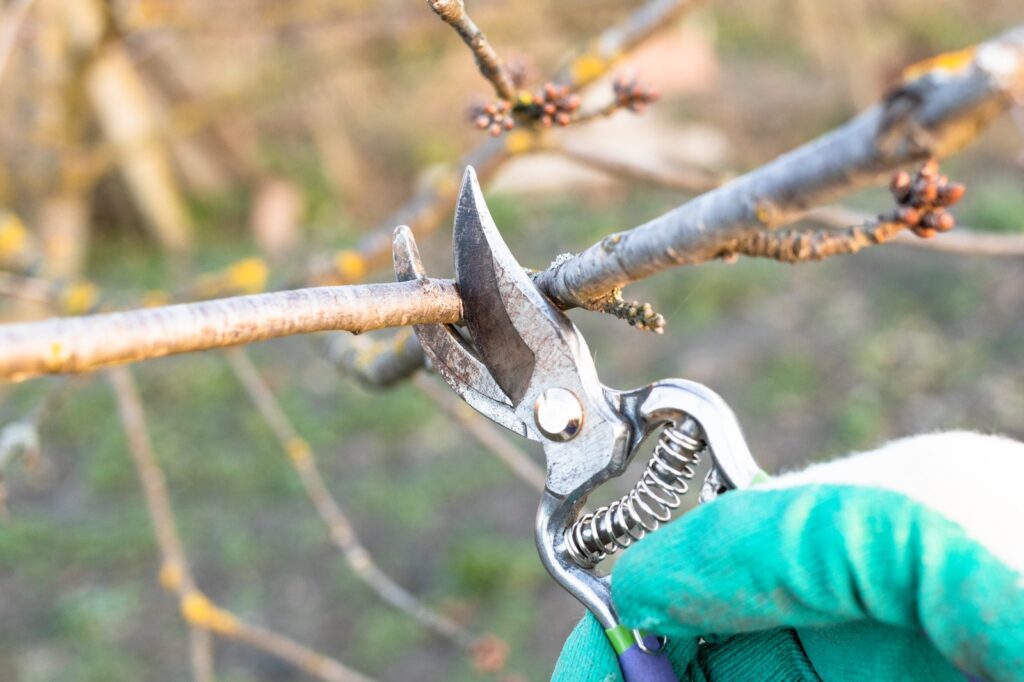
Considerations For Selecting Pruners
Choosing the right pruner for your garden is like finding a needle in a haystack. To narrow down your search, several considerations should be taken into account before making a purchase.
Think about the types of plants or trees you’ll be cutting with the pruners. If they are larger branches on shrubs or trees, then anvil-style pruners may work better since they have more powerful blades and can cut through thicker stems more easily than bypass-style models. On the other hand, if you’re dealing with delicate flowers or thin vines, then bypass-style tools would provide a cleaner cut without damaging them further.
You should also look at handle design – some come with ergonomic grips while others opt for a classic wooden design. If you have a bigger garden, consider a more ergonomic handle.
The material of your pruners can impact their use and longevity. Here are some common materials used for home garden pruners:
| Manufacturing Material | Benefit | Types of Pruners |
|---|---|---|
| Carbon Steel | Durable, sharp, and easy to sharpen; provides clean cuts. | Bypass Pruners, Anvil Pruners, Pruning Shears |
| Stainless Steel | Rust-resistant, easy to clean, and maintains a sharp edge. | Hedge Shears, Floral Snips, Grafting Knives |
| High Carbon Steel | Strong, holds a sharp edge, and provides excellent cutting. | Pruning Saws, Ratchet Pruners, Long-reach Pruners |
| Aluminum | Lightweight, corrosion-resistant, and easy to handle. | Pole Pruners, Long-reach Pruners, Hedge Shears |
| Titanium | Lightweight, strong, corrosion-resistant, and durable. | Bypass Pruners, Anvil Pruners, Floral Snips |
| Fiberglass | Lightweight, strong, and resistant to weathering. | Pole Pruners, Long-reach Pruners |
| Plastic | Lightweight, low-cost, and easy to maintain. | Handles and body of certain Pruners and Shears |
| Wood | Durable, natural, and provides a comfortable grip. | Handles of Pruning Shears, Hedge Shears |
| Rubber/Soft Grip | Comfortable to hold, non-slip, and reduces hand fatigue. | Grip on handles of various Pruners and Shears |
Maintenance And Care
Once you have chosen the right pruners for your garden, it is important to maintain and care for them properly so they last. Here are a few tips on how to keep them in peak condition:
- Clean blades after each use with warm water and mild soap, then dry them thoroughly
- Sharpen the blades regularly using a sharpening stone or file
- Oil moving parts periodically – especially if used frequently
- Store the pruners safely away from children and pets
It’s also good practice to check all screws, bolts and nuts on your pruners before and after each use. Ensure these parts are tightened securely as loose components can lead to injury or damage over time. With regular maintenance, your pruners should remain reliable tools that help you create a beautiful garden. Now let’s move onto safety precautions when using these tools.
Safety Precautions
Before you start pruning, it’s important to understand the safety precautions. I know what you’re thinking – ‘safety? That sounds like a hassle!’ But trust me, it’s worth taking a few extra minutes to make sure that your pruners are safe and secure.
Make sure that the blades of your pruners are sharp and well-maintained so they can easily cut through branches without too much effort or risk. After each use, clean them with rubbing alcohol or soap and water; this ensures that no bacteria is left behind which could cause infection or rusting. Additionally, always wear gloves while using your pruners as they protect against any cuts from thorns or splinters.
Store your pruners in a dry place when not in use – preferably away from children who might be tempted to play with them! This will help ensure their longevity and keep everyone safe at the same time.
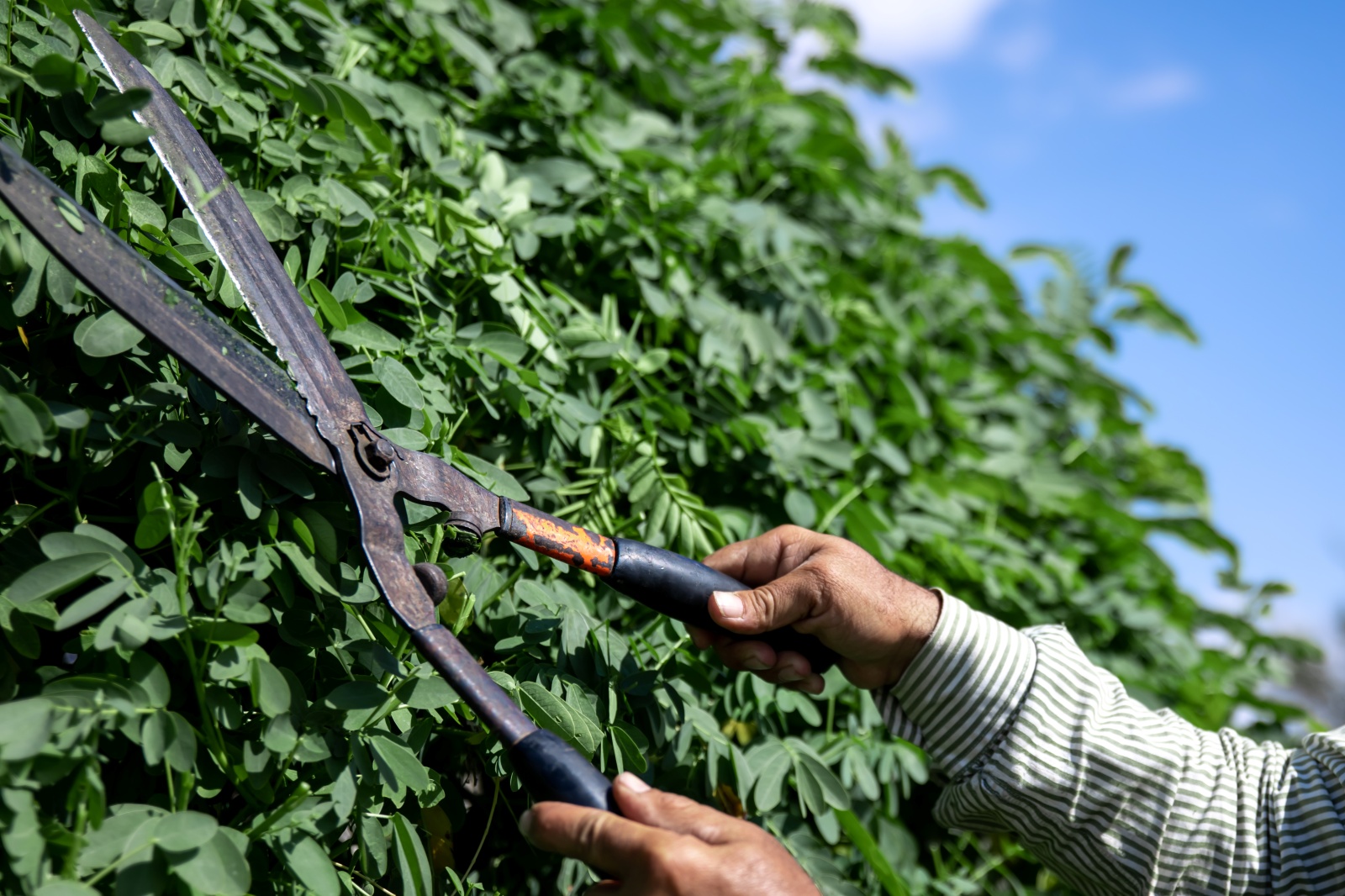
Frequently Asked Questions
What Is The Most Cost-Effective Type Of Pruner?
Choosing the right pruner for your garden can be daunting, especially if you’re trying to find a cost-effective option. There are many types of pruners out there and it’s important to understand what each one is best suited for before making your purchase. Here’s a breakdown of some of the most common options:
- Anvil Pruners – These have a sharp blade that cuts against an anvil or flat surface. They are well-suited for cutting thicker branches as they provide greater leverage for tougher jobs. However, these tend to crush stems rather than cut them cleanly.
- Bypass Pruners – These use two curved blades that slide past each other like scissors in order to make precise cuts on thin twigs and branches up to ½ inch thick. This type of pruner provides cleaner cuts that help promote healthy growth in plants and trees.
- Ratchet Pruners – When faced with heavier material, ratchet pruners are a great choice as they offer more power by using a serrated blade which catches on itself when squeezing down so you don’t need to exert too much force while cutting through tough materials such as tree limbs or large bushes.
When selecting the right pruner for your needs, consider how often you plan on using it and whether or not you’ll be tackling larger projects requiring increased leverage from an anvil-style design versus smaller tasks needing precision from bypass models. And if budget is an issue, then opting for ratchet designs may save money in the long run due to their durability and ability to tackle harder projects without having to upgrade tools frequently. Whatever route you decide upon, remember that quality matters when it comes to gardening tools; investing in durable construction will pay off over time!
How Long Do Pruners Typically Last?
So, you’re thinking about buying a pair of pruners but have no idea how long they might last? It’s an ironic question to ask, since the answer is hard to pin down. After all, there are so many factors that come into play when it comes to durability – from quality and care to climate and conditions.
One thing we do know for sure is that better-quality materials generally result in longer-lasting tools. Tools with stainless steel or titanium blades tend to hold up better than those made from cheaper metals like aluminum or iron. And if you invest in higher-grade components such as ergonomic handles with cushioned grips and rustproof hardware, your pruners will be more comfortable and resistant to wear and tear.
The way you use your pruners can also affect their lifespan significantly. If you’re using them regularly without taking proper precautions (like wearing gloves), the blades may become dull quicker due to added friction caused by the oils on your skin. Additionally, storing your pruners away from moisture helps ensure they don’t get rusty or corroded over time. Regular maintenance such as sharpening the blades every few months can help extend their life as well.
In short, depending on various factors including quality, care routine and frequency of use, pruners can last anywhere from one season to several years – sometimes even decades! So remember: investing in good-quality tools now could save you money later on replacements!
What Is The Best Type Of Pruner For A Beginner Gardener?
With so many different types available, deciding which is right can be hard. Here’s what I think makes the perfect pruner for a beginner:
- Durability: A good pair of pruners should last several years with proper care and maintenance. Look for ones made from high-quality materials that won’t rust or corrode over time.
- Comfort: Make sure the handles fit comfortably into your hand when you’re using them; if not, then you may experience fatigue more quickly while gardening. Additionally, look for adjustable settings so you can customize the grip size according to your own preference.
- Ease of Use: Choose a pair of pruners that has an easy-to-use mechanism; this will make cutting through branches much easier and faster than struggling with complicated mechanisms or small buttons.
- Price: You don’t have to break the bank when buying a new set of pruners – there are plenty of affordable options out there! Just remember to check customer reviews before making a purchase, as cheaper models may not always provide the same quality as pricier ones.
When choosing my ideal pair of pruners, these four things were most important to me – durability, comfort, ease of use, and price. The key is finding one that provides all these features without compromising on quality!

Are Electric Pruners More Powerful Than Manual Pruners?
Are electric pruners more powerful than manual pruners? This is an important question for any beginner gardener looking to purchase their first set of pruners. When it comes to power and reliability, both types have their pros and cons that should be considered before making a decision.
| Factors | Electric Pruners | Manual Pruners |
|---|---|---|
| Power | More powerful; can easily cut through thicker branches. | Less powerful; limited by user’s strength. |
| Ease of Use | Less effort required; suitable for those with weak hands. | More effort required; can be tiring for extended use. |
| Portability | Can be limited by cords or battery life. | Highly portable; no limitations. |
| Maintenance | Requires regular maintenance and care of power source. | Requires sharpening and cleaning, but overall low-maintenance. |
| Noise Level | Can be noisy, especially gas-powered models. | Quiet, suitable for noise-sensitive environments. |
| Cost | More expensive due to power source and additional components. | Generally more affordable. |
| Environmental Impact | Consumes energy and may produce emissions (gas-powered). | Environmentally friendly; no energy consumption. |
What Is The Best Way To Store Pruners?
Storing your pruners correctly can help them last for a long time and keep them in top condition. Here are a few tips to help you store your pruners properly:
- Hang up your pruners on the wall or a tree branch after each use so they’re easy to access when you need them.
- Keep your pruner blades clean and oiled with a light-weight vegetable oil such as olive or almond oil, which will protect against rusting.
- Store away from direct sunlight and other sources of heat that could warp or damage the metal components of the tool.
- Make sure to sharpen the blades regularly using a diamond sharpener for best results.
When it comes to storing your pruners, don’t skimp out – take proper care of them! Not only will this extend their life but also ensure that they are always ready for action when you need them most. Pruning is an essential part of gardening and having good quality tools makes all the difference in how well it’s done. So make sure to invest some time into keeping your pruners in tip-top shape – it’ll be worth it in the end!

